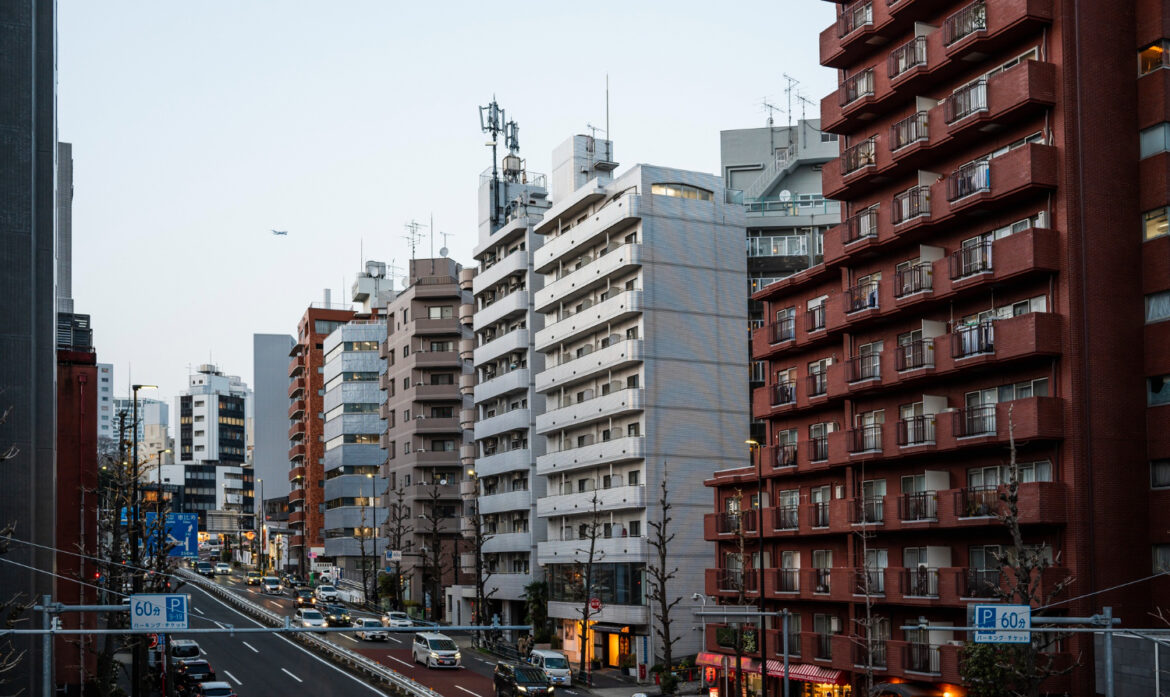In an era where welfare and security are paramount, the demand for buildings that can withstand violent forces has significantly increased. Bullet-proof and blast-resistant structures are no longer reserved for military or high-security areas. They are increasingly integrated into civilian settings. This shift highlights the importance of advanced protective measures in everyday environments.
These fortified buildings have become essential in protecting both military and governmental spaces and commercial and civilian areas. Guard houses, for instance, are now commonly equipped with bullet-proof and blast-resistant technologies to ensure the safety of those within. The evolution of these structures reflects a combination of advanced materials science, engineering innovations, and changes in safety standards. Such advancements make it possible to maintain a high level of security without compromising the functionality or aesthetics of the building.
Historical Context and Technological Advancements
The concept of fortifying buildings for extra protection is familiar; it has been a focus since ancient times when fortresses were built with thick stone walls. In the modern era, the approach has shifted from passive defense to active protection using sophisticated technology.
This transition involves the incorporation of advanced materials and intelligent design strategies to enhance buildings’ structural integrity and resilience. Contemporary technologies such as ballistic-resistant glass and reinforced composites are now standard in construction to minimize vulnerabilities and improve safety against modern threats.
-
Early Developments
Initially, bullet-proof and blast-resistant structures were primarily designed for military installations. These facilities used reinforced concrete and metal plating to protect against attacks. However, the bulkiness and inflexibility of these materials made them less suitable for civilian applications.
-
Integration of Modern Materials
The breakthrough came with the development of advanced materials such as ballistic fiberglass, reinforced concrete, and composite panels. These materials provided the necessary strength to absorb and dissipate energy from bullets and blasts without compromising buildings’ aesthetic and functional aspects.
Applications in Various Sectors
As the technology evolved, so did the range of applications. Today, bullet-proof and blast-resistant buildings are used in various sectors, reflecting their importance across different aspects of society.
-
Governmental and Military Installations
These buildings are fundamental in protecting assets and personnel in high-risk zones. Embassies, military bases, and other critical infrastructure often utilize extensive blast-resistant designs to mitigate the impact of potential attacks.
-
Commercial Spaces
Banks, jewelry stores, and data centers, where security is a high priority, employ bullet-resistant materials to protect against robbery and espionage. The discrete integration of these materials ensures security without creating a fortress-like appearance.
-
Educational and Public Buildings
In response to a growing anxiety about public safety, schools and community centers have started incorporating bullet-resistant materials into their construction. These measures aim to deliver a safe environment for students and staff against potential threats.
Advances in Design and Construction Techniques
The design and construction of bullet-proof and blast-resistant buildings have become more sophisticated, with architects and engineers developing smarter ways to incorporate safety into functional designs.
-
Smart Design Integration
Modern design strategies involve seamlessly integrating protective features into the building’s architecture. This includes using windows that can withstand impacts and walls that absorb shock waves without compromising the building’s design integrity.
-
Modular Construction
Modular construction has also obtained popularity in the development of secure buildings. Prefabricated panels equipped with bullet-proof and blast-resistant technologies can be quickly assembled, offering a faster and often more cost-effective solution for constructing safe spaces.
Challenges and Future Outlook
Despite significant advancements, there are challenges that continue to shape the development of bullet-proof and blast-resistant buildings.
-
Balancing Security with Aesthetics
One of the main challenges is maintaining a balance between high-level security and aesthetic appeal. Buildings must be secure, inviting, and conducive to their intended use, whether commercial spaces or educational institutions.
-
Cost and Accessibility
The high cost of advanced materials and technologies can be a barrier to widespread adoption. Finding ways to reduce costs while maintaining effectiveness is a key focus for researchers and developers.
-
Evolving Threats
As threats evolve, so must the technologies and strategies to counteract them. Continuous research and development are necessary to anticipate and mitigate new forms of aggression that could compromise building safety.
The evolution of bullet-proof and blast-resistant buildings is a testament to the progress in making our spaces safer. As technology continues to advance, these structures, including guard houses, will become even more integrated into the fabric of our built environment, protecting lives and assets. Looking forward, the challenge will be to adapt these developments to meet the changing needs of society, ensuring that safety does not come at the expense of comfort or functionality. Through ongoing innovation and thoughtful design, we are paving the way for a future where security and aesthetics coexist harmoniously in our daily environments.

